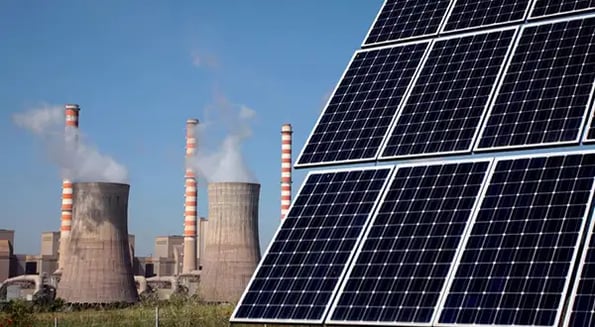As much as certain politicians and industry czars would beg to differ, coal is dying — and in a classic changing of the guard, a new, much more eco-friendly energy source is taking over: solar.

And we mean “taking over” in the literal sense: this past weekend, a massive, floating solar project built on top of an old coal mine started operation in Huainan, China.
It’s one of a number of similar projects worldwide
Built atop a collapsed mine that once produced ~20% of the country’s coal, China’s new 150-megawatt, $150m solar plant will generate enough energy to power 94k homes.
It is the second such solar plant in that city, and one of a smattering of projects in the works globally: engineers are currently building or planning solar plants — all built on non-active coal mines — in Germany, the UK, and America’s Appalachian Mountains.
Why coal mines?
Coal has seen its day: 2016 was the first year on record that the black nuggets weren’t the #1 energy source in the US, and a number of the world’s biggest operators have closed up shop in recent years.
At the same time, Solar saw a 50% worldwide increase last year and is experiencing a growth spurt rivaled only by a teenage Robert Wadlow.
Beyond this, when coal mines collapse, they often leave behind huge lakes of high-sulfate water that are pretty much good for nothing — except for floating solar panels.
